Complete Guide to Window Screen Replacement in Your Home
Ready to get started?
Window World offers free in-home consultations! Click below to schedule today!
Get started!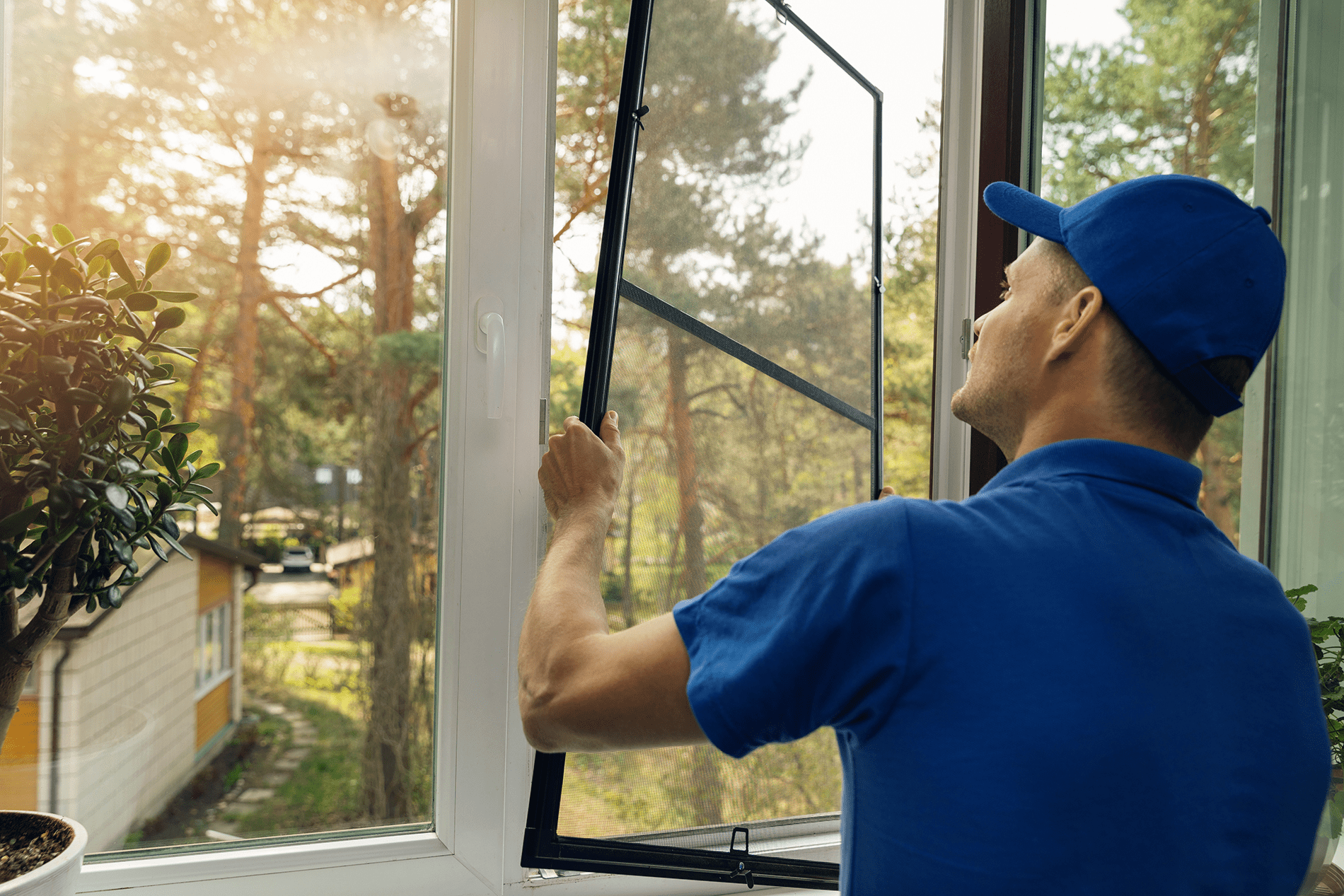
During the summer, few things beat opening your windows and enjoying a warm, fresh breeze — provided your window screens are in good shape. No one likes mosquito bites, and if you've noticed insects flying around your home, you may have your window screens to blame. Tears and holes make window screens ineffective but repairing them can appear daunting if you've never done it before. Get ready to master the art of repairing or replacing window screens! We'll provide you with expert knowledge, empowering you to breeze through the task and fully embrace the joys of warm weather. Let's dive in and ensure your windows are flawless, so you can make the most of those sunny days!
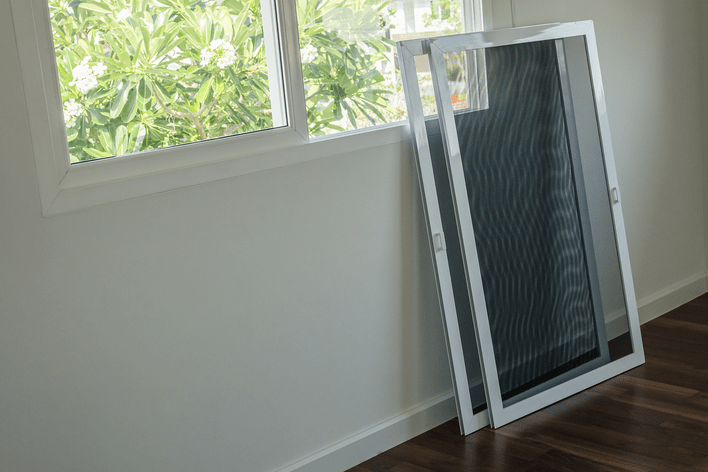
What is a Window Screen?
A window screen is a protective mesh-like material often installed over a window to allow fresh air in while keeping insects, debris, and other large particles out. It acts as a barrier for open windows and is typically made of aluminum or fiberglass. They come in various types and sizes to accommodate different window frames and styles and are very common, especially in newer houses. If you have windows that open, you probably have window screens.
How Do Window Screens Get Damaged?
Window screens are surprisingly sturdy, given how thin they are, but window screens, like any part of the home, will naturally wear down over time. For window screens, this usually happens for a handful of reasons:

Weather and Environmental Factors
Severe weather conditions like storms, high winds, and hail can damage window screens. Hailstones themselves can dent or rip the screens, and high winds can cause branches to fall or stir up debris that can cause damage to them as well.

Pets and Children
Accidents happen, and window screens aren't immune; you know this firsthand if you have children or animals in the house. Mishandling window screens by pushing or leaning against them can cause the frames to bend or the screen material to tear, and pet scratches, accidental on their part or not, are common causes of window screen damage.
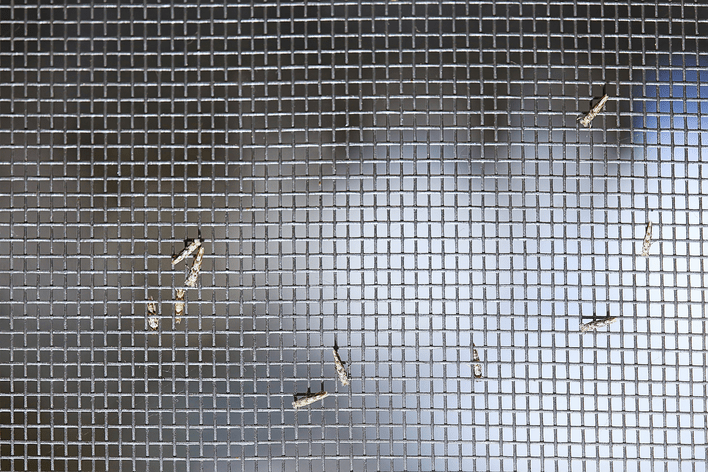
Pests and Outdoor Animals
Window screens do an excellent job of keeping unwanted guests out of your home — but that doesn't stop them from trying to get in. Bugs, birds, and rodents may try to chew or scratch at your window screen occasionally, which causes damage. This damage accumulates over time and can cause severe damage to the material.
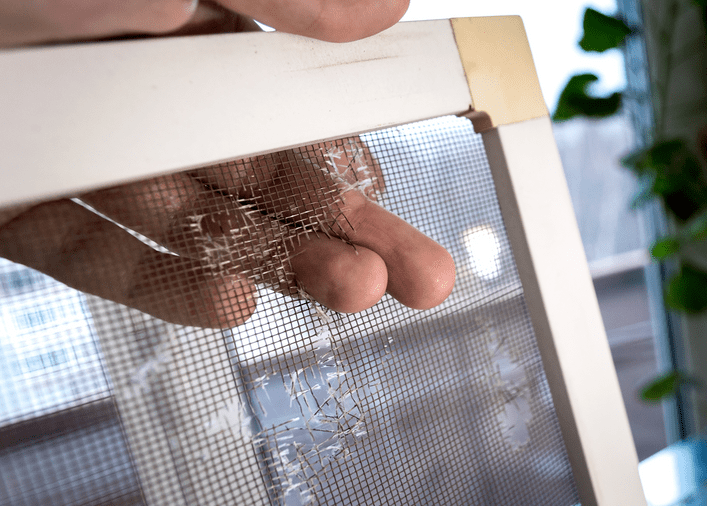
General Wear and Tear
Regular use and exposure to the elements can cause wear and tear on window screens. The constant opening and closing of windows and exposure to wind and rain can slowly weaken the screen material and its attachments, leading to tears, holes, or loosening of the screen from its frame.
How to Easily Repair and Replace a Window Screen
Repairing a window screen is a straightforward home maintenance task that can be accomplished with the right tools and guidance. Follow these simple steps to tackle your window screen repair project:

Gather the necessary tools
Before you begin, make sure you have all the tools at your disposal. Grab a trusty utility knife, a measuring tape, a handy spline roller, the replacement screen material of your choice, and the appropriate spline (usually rubber or vinyl). It's always a good idea to have a screwdriver on hand as well, in case your window frame requires it.
Remove the damaged screen
Open your window from the inside and carefully inspect the edges. Look for any tabs, clips, or springs holding the damaged screen in place. Release or remove these attachments to free the screen and set it aside on a firm, flat surface. Using a screwdriver, pry the spline out of the channel and remove the torn screen. Discard it, and the spline too (if you aren’t able to reuse it) and wipe the screen frame clean. This will ensure it’s ready for a fresh screen replacement.
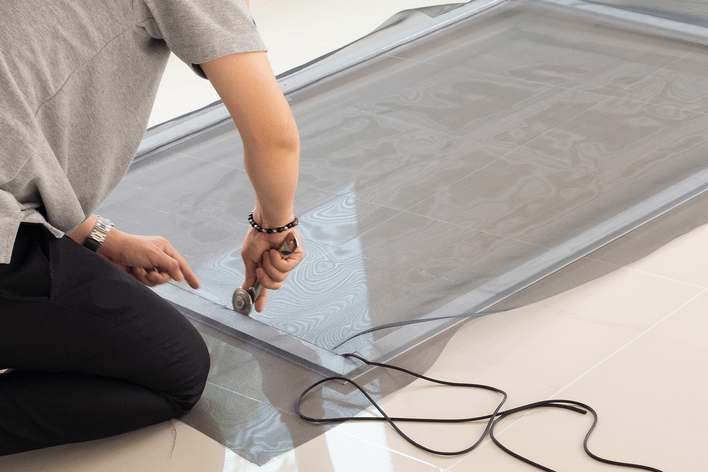
Size and cut the replacement material
Place the frame on a flat work surface and roll out enough screen material to cover the entire frame. Leave an additional 2 inches of screening material on each side and cut the screen to size using a utility knife. This will ensure a proper fit for your replacement screen.
Position the new window screen
Position the freshly cut replacement screen material over the window frame, and make sure it covers the entire opening. To temporarily hold it in place during installation, you can use clips or tape, which will help provide stability and smooth the installation process.
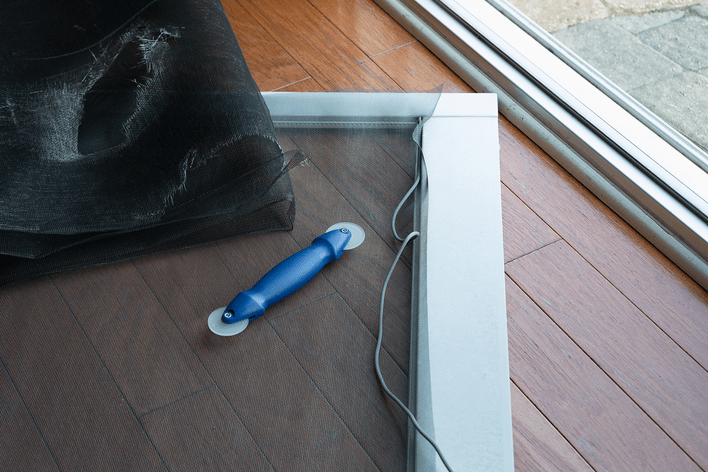
Install the spline
The spline is a type of cord used to attach the screen to the frame and is a vital component of the window screen system. To begin, take the spline, and insert it into the groove starting at one corner of the frame. Using your spline roller, apply steady pressure to the spline to embed it firmly into the frame. Continue rolling it along the groove and work your way around the frame until you reach the starting point. This process ensures that the screen material is securely held in place.
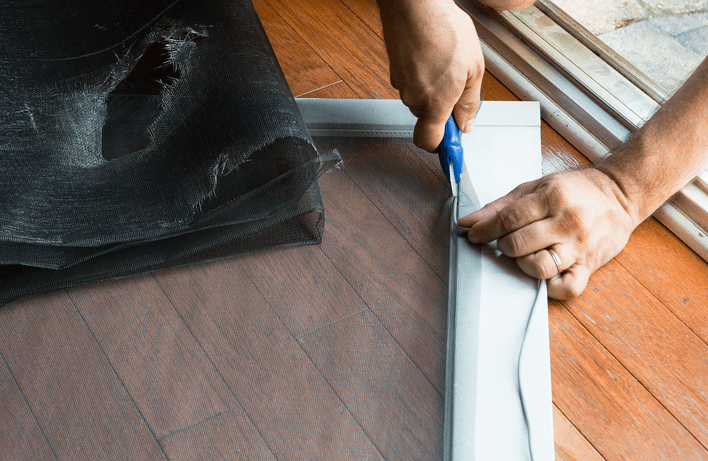
Trim excess screen material
With the spline snugly installed, use your utility knife to trim any extra screen material along the edges of the frame. While not required, this step helps ensure that the window screen sits correctly and achieves a cleaner, more polished appearance.
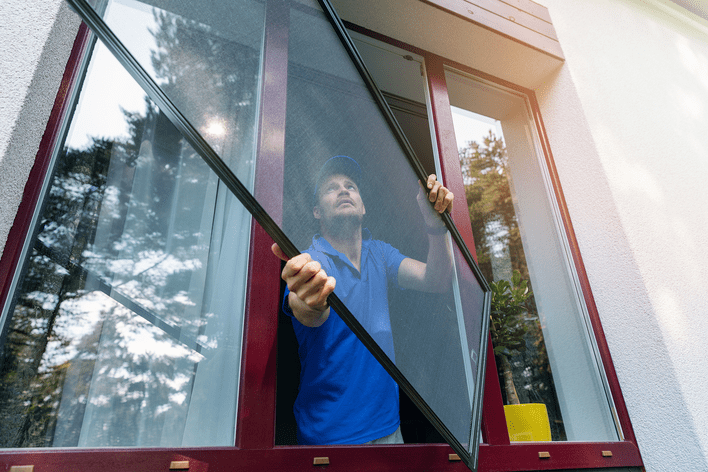
Reinstall the screen
It's time to reintroduce your newly repaired window screen. To replace the window screen, gently position the screen back into the window frame, aligning it with the attachments you identified earlier. Be patient and careful, lock the screen in where necessary, and just like that — you're done!
By following these steps, you'll have a freshly repaired window screen in no time!

A daunting task made easy
Window screens are an essential but often forgotten part of the home. When you open your windows, these screens are the shield that allows the warm breeze in and keeps the unwanted critters out. Because of that, it's essential that your window screens remain in tip-top shape. Fortunately, repairing them isn't the daunting task it may initially seem, provided you take your time and approach the project with care. By following the tips mentioned above and investing a little time, your newly restored window screen will have you enjoying that fresh summer air in no time!
Your friends at Window World hope you enjoy all the pleasures of the summer season! If you need help repairing your screens or need a more extensive window repair, we invite you to drop by your local store to discuss any exterior remodeling improvements. Whether you’re looking to upgrade your windows, enhance your entry doors, or swap out your siding, our experts are available to help homeowners fully embrace the joys of home. From ideas to installation, we’re ready to help you. Schedule your free consultation and quote today!



